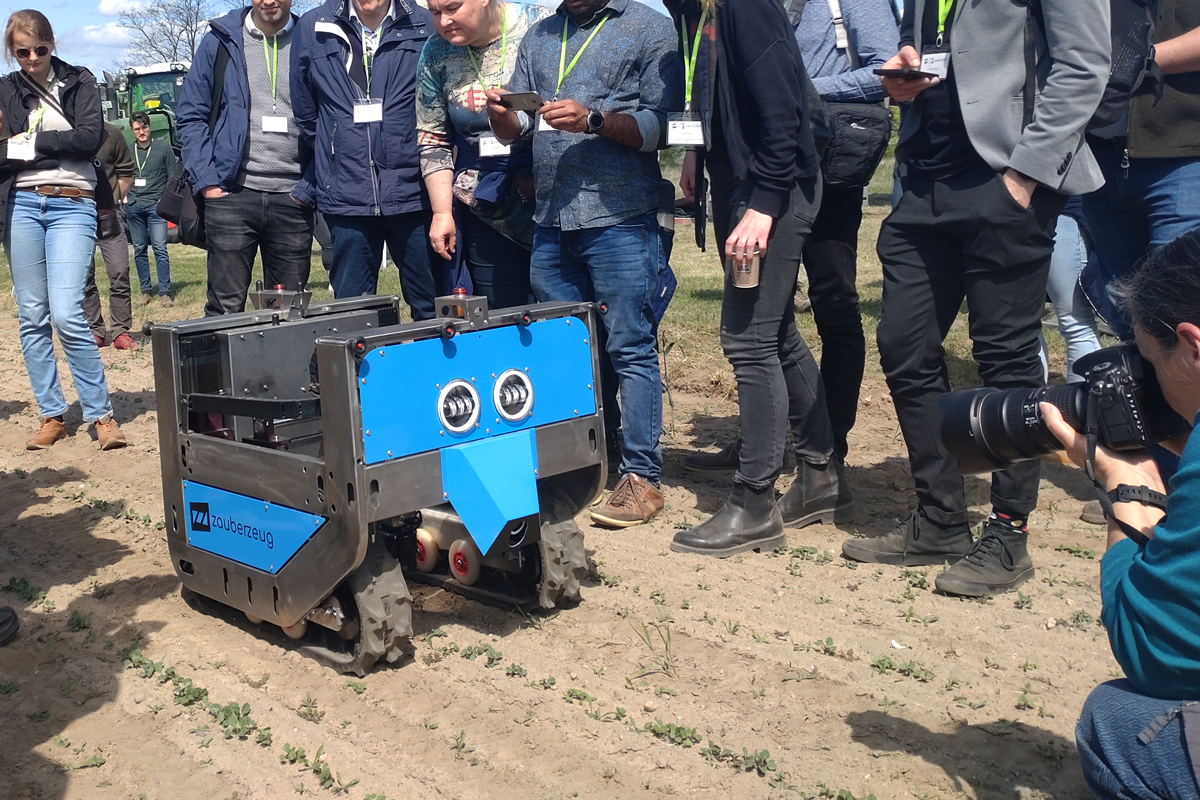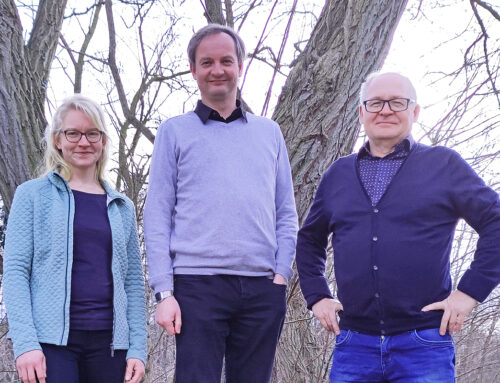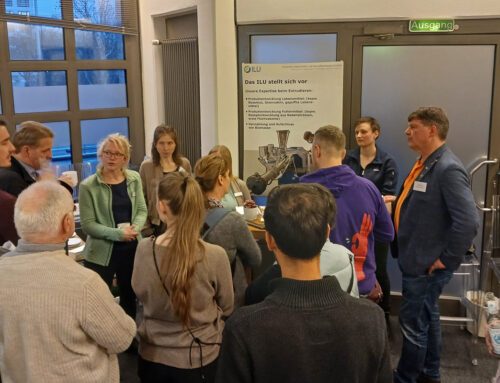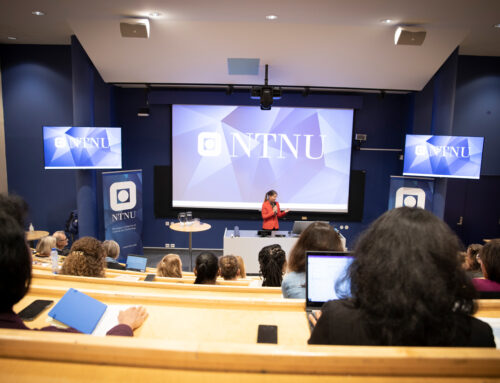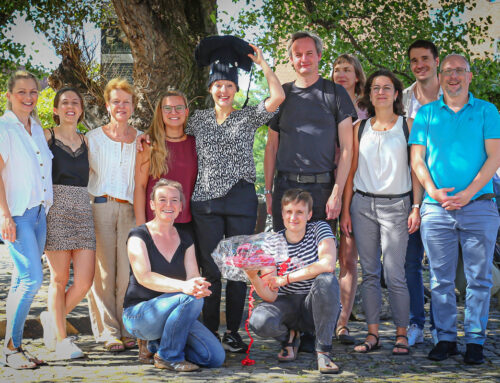On 3 May, ZALF (Leibniz Centre for Agricultural Landscape Research) organised a field robotics workshop as part of patchCROP with Phenorob, the Leibniz Institute for Agricultural Engineering (ATB) and Dakis as well as other partners. Professor Arno Ruckelshausen (FH Osnabrück) and Professor Anne-Kathrin Mahlein (Uni Göttingen – IfZ) introduced the topic. This was followed by short updates from current research projects, moderated by Maxie Grüter from the coordination office at the ILU (Institute for Food and Environmental Research) and a panel discussion with Professor Cornelia Weltzien (ATB), Maria Karnecker (ZALF) and Professor Engel Arkenau (BMEL).
In the patchCROP landscape experiment, ZALF is investigating how a field, divided into very small plots measuring only a few metres, can be managed. The advantage of being so small is that the scientists can react to the changing soil quality every few metres and choose crops that are suitable for the respective location. At the same time, the field can be more diverse in terms of crop rotation and ecology. Since digital solutions and field robots are the main options for managing such a mosaic structure, those responsible for the project are also heavily involved with robotics. Therefore, a field robotics workshop was held at the project site in the municipality of Steinhöfel near Müncheberg. Among others, the already marketable robots Oz and Dino from the French manufacturer Naio Technologies were shown, but also a solution from the software developer Zauberzeug. Their field robot is still in development and is part of the “zUCKERrübe” project, which deals with field robotics and practical research for organic sugar beet cultivation in the Uckermark region. While the Naio vehicles were developed as implement carriers and can be equipped with conventional technology, the Zauberzeug robot has a hitherto new tool: a spiral drill. This is used to damage weeds in a targeted manner and to keep soil movement to a minimum so as not to encourage further weeds to germinate. A camera on the field robot differentiates between the cultivated crop and the weeds, which are specifically eliminated in the plant row. In contrast, the Naio implement carrier Dino, a relatively large robot, hoes between the rows, in this case using goosefoot shoots. Oz, which is the size of a fruit box, worked with finger hoes. Other tools can be attached to both robots.
The event showed that field robots are gaining ground in research and development is progressing. In practice, however, farmers are still holding back, as autonomous agricultural machines are still a little-known technology. The legal and political conditions also make it difficult to introduce them in practice. Events like this can help to change that.
